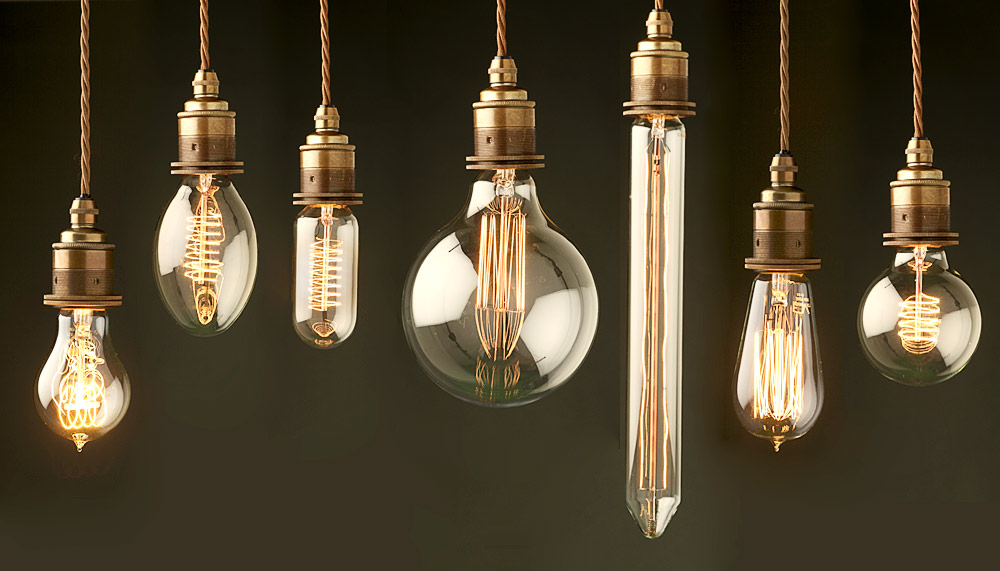
If it feels like there’s more energy-efficient light bulbs than ever, it’s not because you’re crazy. Because conserving energy is a bigger priority than ever, light bulbs are progressing fast. Here’s our quick guide on the basic features of what’s available now.
It’s one thing to deal with the various shapes, sizes and wattage, but it’s another to know which one can help you lower your energy bill and help the Earth at the same time.
In this quick guide, we’ll cover the basic features of halogen, LED and compact fluorescent (CFL) bulbs.
Halogen Bulbs
Halogens typically last three times as long as traditional incandescent bulbs. There’s no delayed warm-up like CFL bulbs, and they can be great for reading and office lights that don’t run endlessly.
LED Bulbs
LEDs are one of the areas of energy-efficient light bulbs that’s growing faster than we can type this post. But for the basics, LED bulbs are great if you want that incandescent look/color without the wasted energy. For starters LEDs last 25 times longer than incandescent bulbs and they don’t get warm and cause fire hazards. If you need to replace your outdoor lights on the porch, walkway, etc. an LED is a great choice.
CFL Bulbs
These were probably the “first” energy conserving bulbs you saw when their popularity exploded in the early 2000s. CFLs are great for areas and spaces where you leave lights on for a long time (ie: the kitchen), but you don’t need strong lighting. Overall CFLs use about 75% less energy than their incandescent brethren, and will save you almost $40 throughout the bulbs’ lifetime, which is a few years.
Enjoy the quick energy-efficient light bulbs handout below, and don’t forget to download a copy via this link by choosing “print” or “save as.”
Featured image courtesy of Green Living Ideas

